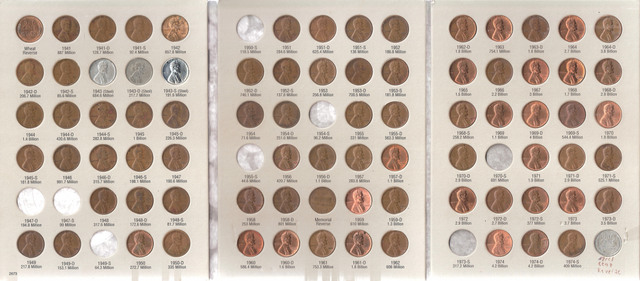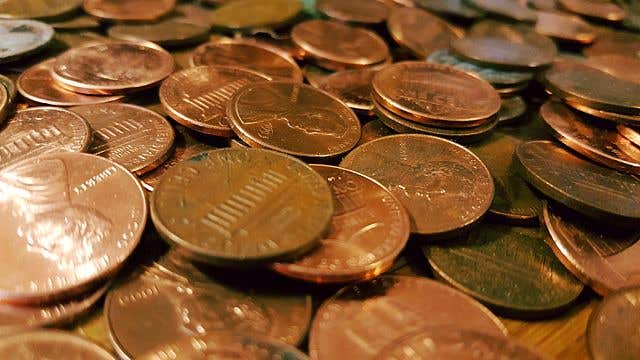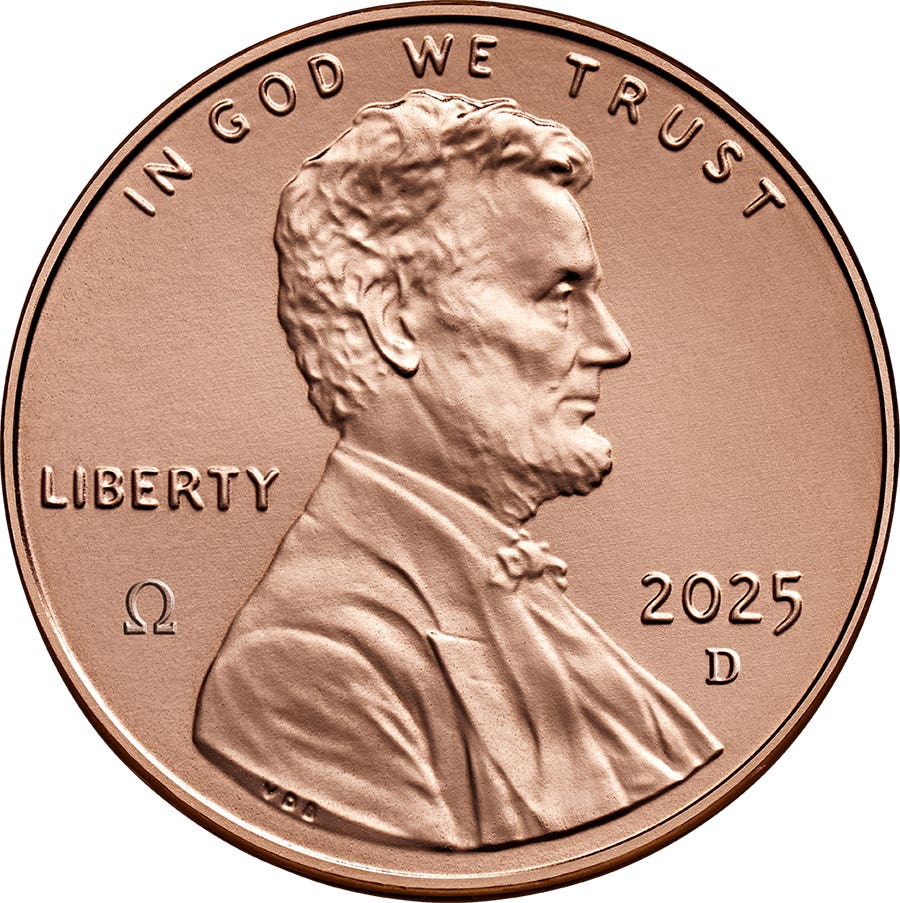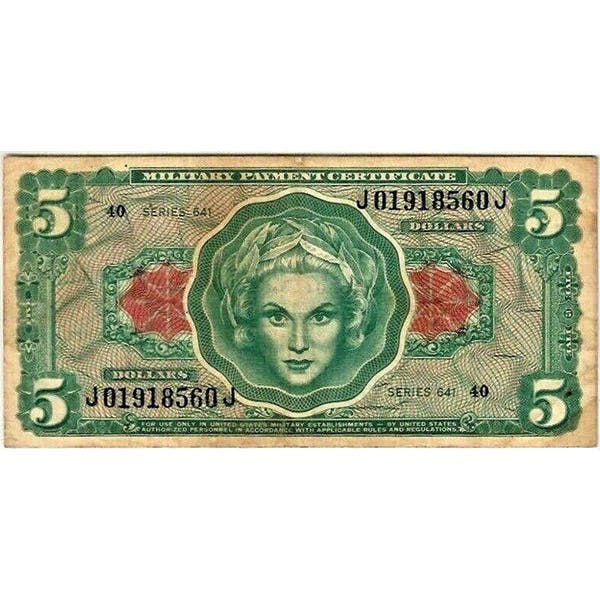Gold is a Top Performing Currency in 2024
Gold shines in 2024 as one of the year’s best-performing currencies, outpacing many traditional fiat counterparts and solidifying its role as a global economic benchmark.
As part of my financial research, I track how the values of 45 foreign currencies fluctuate in relation to the U.S. dollar. This list includes currencies used in 44 of the 50 largest national economies, several of which use the euro and 31 of the 40 most populous countries.
For 2024, the U.S. dollar rose in value against 40 of these 45 currencies. It only lost value compared to the Thailand baht (-0.2 percent), Hong Kong dollar (-0.5 percent), Costa Rica colon (-2.6 percent), Malaysia ringgit (-2.8 percent), and Kenya shilling (-21.4 percent). For the year, the U.S. Dollar Index, calculated on changes in the relative value of the euro, Japanese yen, British pound, Canadian dollar, Swiss franc, and Swedish krona, rose just over seven percent.
Compared to paper currencies, the U.S. dollar had a good year in 2024.
But, as measured in U.S. dollars, the price of gold rose 27.3 percent from its Dec. 29, 2023 COMEX close of $2,065.50 to its Dec. 31, 2024 close of $2,629.25. That means that the price of gold outperformed the U.S. dollar and every one of the 45 other fiat (paper) currencies I track.
Last year, central banks in China, selected other Asian nations, and some Eastern European countries continued to demand strong gold reserves, far exceeding the modest disposition of gold reserves made by a handful of central banks.
Over the past few years, China’s central bank has reduced its holdings of U.S. Treasury debt by more than $250 billion, offset by an almost equal increase in gold reserves.
In addition, there was an enormous surge in private sector demand in China for the first half of 2024 as citizens worried about falling real estate values, declining stock markets, and even potential bank failures.
The net result of what transpired in 2024 is that the world’s governments and central banks consider gold the most desirable currency, even though some still try to pretend that it is not a financial asset.
Incidentally, the price of silver as measured in U.S. dollars rose 20.6 percent from the COMEX closes at the end of 2023 to Dec. 31, 2024. Last year, it outperformed all but the Kenya shilling of the 46 currencies I track. In contrast, platinum declined -10.2 percent, and palladium fell -17.1 percent in 2024.
If you review the 25-year track record from the end of 1999 to the end of 2024, the price of gold soared 812.4 percent, and silver jumped 434.9 percent. Over that time, the NASDAQ increased +374.6 percent, the Russell 2000 Index rose 341.8 percent, the Standard & Poor's 500 was up 300.3 percent, and the Dow Jones Industrial Average appreciated 270.0 precent. Even if you include dividends paid by these stocks on top of the indices' gains, none match gold’s appreciation over the past quarter century.
I also track six foreign stock indices, five of which performed more poorly over the past 25 years than the four U.S. indices mentioned. The sixth, the Sao Paulo Bovespa, might look like it did well with a 25-year gain of 603.7 percent. However, if you discount that result by the -71.1 percent decline in the value of the Brazil real versus the U.S. dollar over that period, that result is far less impressive.
Gold’s impressive performance in 2024 is not a one-year fluke. When then-President Nixon closed the gold exchange window on Aug. 15, 1971, ending the U.S. dollar’s last link to gold, gold’s price that day was $43.15. Stated the other way, one U.S. dollar was worth 0.023175 of an ounce of gold. At the COMEX close on Dec. 31, 2024, one U.S. dollar had fallen in value to only 0.00038 of an ounce of gold, a decline of -98.4 percent.
Unfortunately for those whose wealth is denominated in fiat currencies, including the U.S. dollar, many forecasters agree with me, predicting that gold will again outperform almost all paper currencies in 2025.
Last week’s numismatic trivia question.
Last time, I asked— Which two businesses (I erroneously stated three banks last week) in the 1830s issued paper money for Toledo, Michigan? There was a dispute over whether Toledo would be part of Ohio or Michigan, which delayed Michigan becoming a state until after Arkansas. It mostly resolved with Toledo becoming part of Ohio and Michigan gaining the remaining 3/4 of the Upper Peninsula, thus enabling Michigan to become the 26th state on Jan. 26, 1837. The final determination of which lands were in Michigan or Ohio occurred in 1973, with part of Turtle Island allocated to Michigan instead of all to Ohio. You can search online for the history of the Toledo War between the Michigan Territory and the state of Ohio. While the status of Toledo was unsettled, the Erie & Kalamazoo Railroad Co. issued Toledo, Michigan scrip in denominations less than $1.00, and the Erie & Kalamazoo Railroad Bank issued Toledo, Michigan notes in the denominations of $1.00 to $1.75.
This week’s trivia question
Here is this week’s question. In terms of value, what was the world’s top-performing fiat currency over the past 25 years? Come back next week for the answer.
Patrick A. Heller was honored as a 2019 FUN Numismatic Ambassador. He also received the American Numismatic Association 2018 Glenn Smedley Memorial Service Award, the 2017 Exemplary Service Award, the 2012 Harry Forman National Dealer of the Year Award, and the 2008 Presidential Award. Over the years, he has also been honored by the Numismatic Literary Guild (including twice in 2020), the Professional Numismatists Guild, the Industry Council for Tangible Assets, and the Michigan State Numismatic Society. He is the communications officer of Liberty Coin Service in Lansing, Mich., and writes “Liberty’s Outlook,” a monthly newsletter on rare coins and precious metals subjects. Past newsletter issues can be viewed at www.libertycoinservice.com. Some of his radio commentaries, "Things You ‘Know’ That Just Aren’t So,” and “Important News You Need To Know,” can be heard at 8:45 a.m. Wednesday and Friday mornings on 1320-AM WILS in Lansing (which streams live and becomes part of the audio archives posted at www.1320wils.com).
You may also like:









